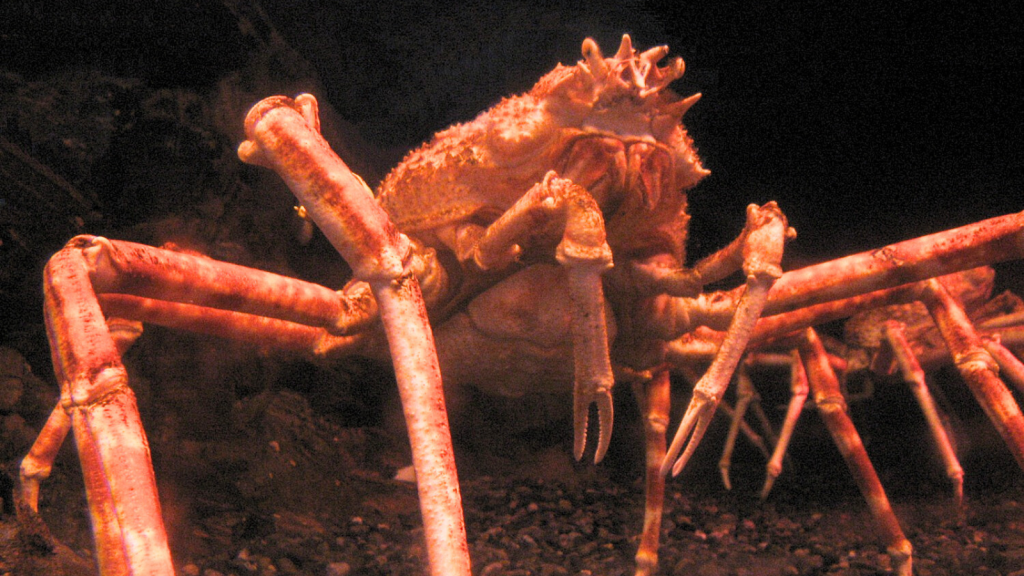The Japanese spider crab is a creature that seems to have crawled straight out of a science fiction film. These massive crustaceans roam the deep waters off the coast of Japan, captivating marine enthusiasts and casual observers alike. With legs that can span up to 3.7 metres, they’re the largest arthropods on Earth. But there’s much more to these fascinating animals than just their impressive size. From their clever camouflage techniques to their surprisingly long lifespans, Japanese spider crabs are full of surprises. Let’s explore some of the most intriguing facts about these ocean giants that you might not have known before.
They’re Not Actually Spiders
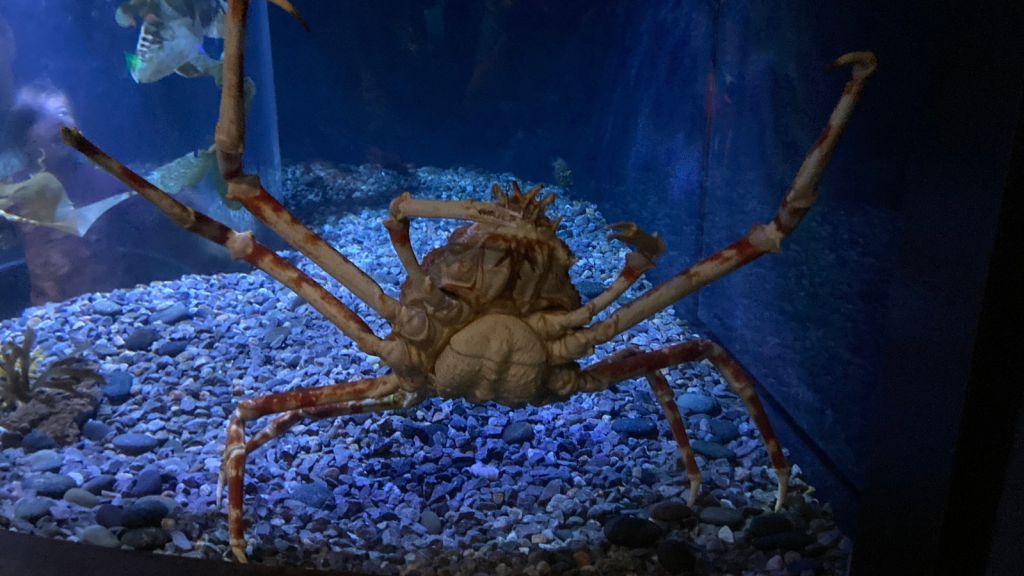
Despite their name, Japanese spider crabs aren’t related to spiders at all. They belong to the arthropod family, which includes insects and crustaceans. Their spider-like appearance comes from their extremely long legs, which they use to move across the ocean floor. In fact, they’re more closely related to hermit crabs and lobsters than to any arachnid species.
Their Claws Are Incredibly Strong
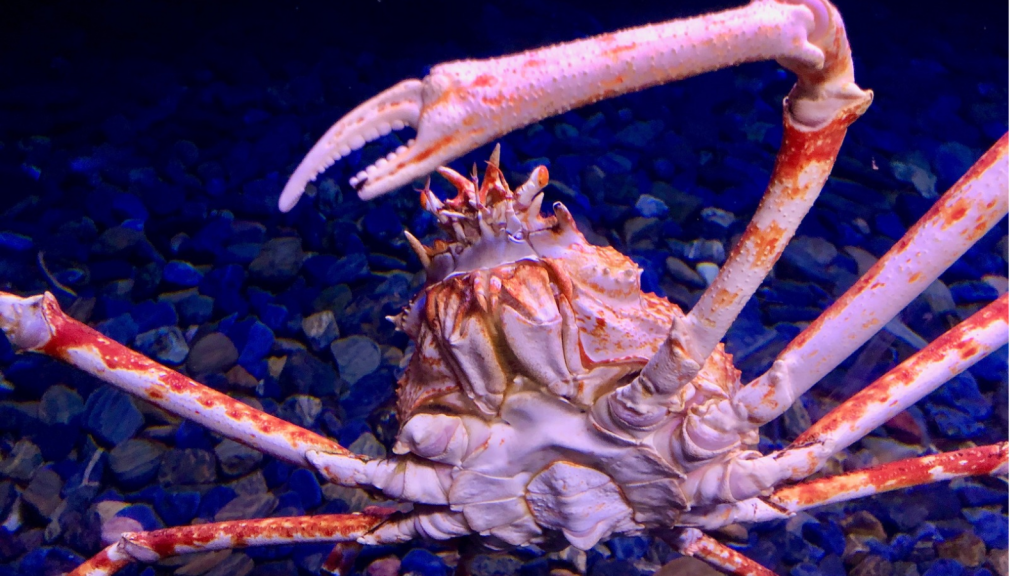
The claws of a Japanese spider crab are powerful tools. They can exert a force of up to 100 kg, which is strong enough to crush the shells of their prey. These claws are also used for defence against predators and for communicating with other crabs. Interestingly, their right claw is usually larger and stronger than the left, a feature known as handedness or laterality.
They Can Live For 50-100 Years
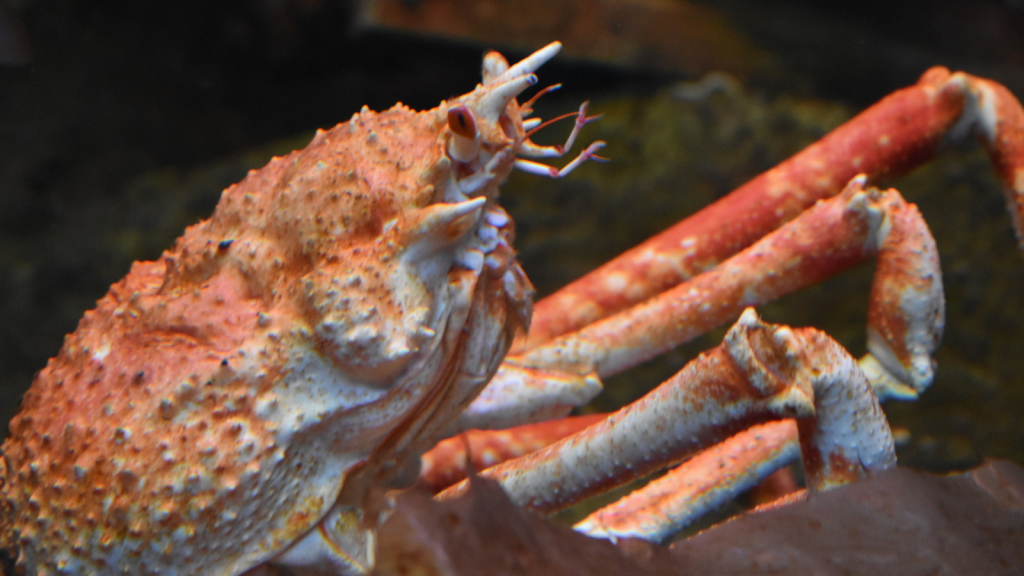
Japanese spider crabs have an remarkably long lifespan. In the right conditions, they can live for up to a century. This makes them one of the longest-living arthropods on the planet, outliving many larger animals. Their longevity is partly due to their slow growth rate and the cold, stable environment of the deep sea.
They’re Masters of Disguise
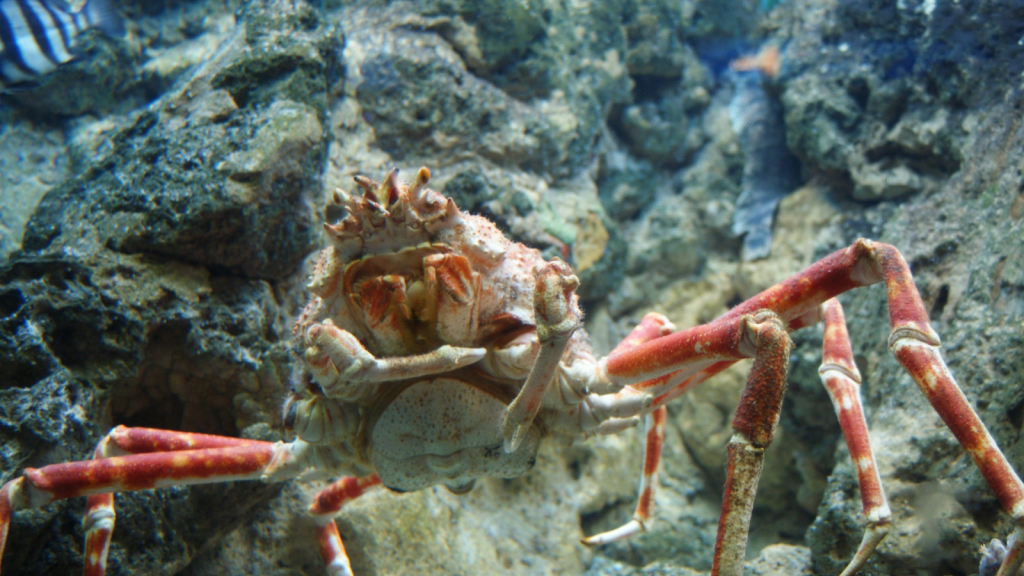
These crabs have developed a clever way to hide from predators. They often decorate their shells with sponges and other marine creatures, blending in perfectly with their surroundings. This camouflage technique helps them avoid being spotted by hungry predators. This behaviour, known as decorating or self-decoration, is a form of tool use that demonstrates the crab’s intelligence and adaptability.
Their Legs Can Regrow
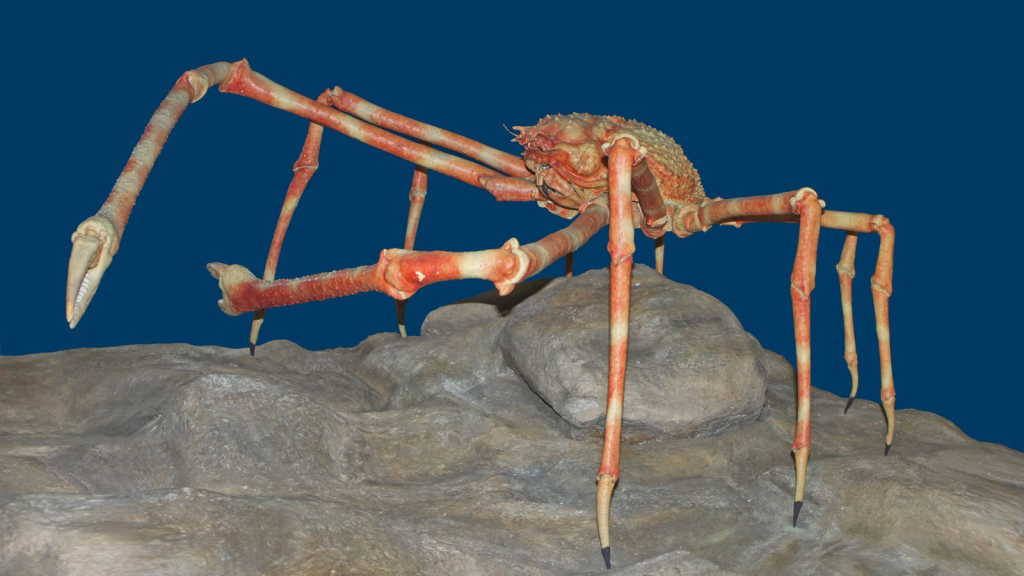
Like many crustaceans, Japanese spider crabs can regrow lost limbs. If a leg is damaged or lost, they can shed it and grow a new one in its place. This process, called autotomy, is a useful survival mechanism in the dangerous depths of the ocean. The regrown limb is usually smaller than the original at first, but will gradually increase in size with subsequent moults.
They’re Mostly Scavengers
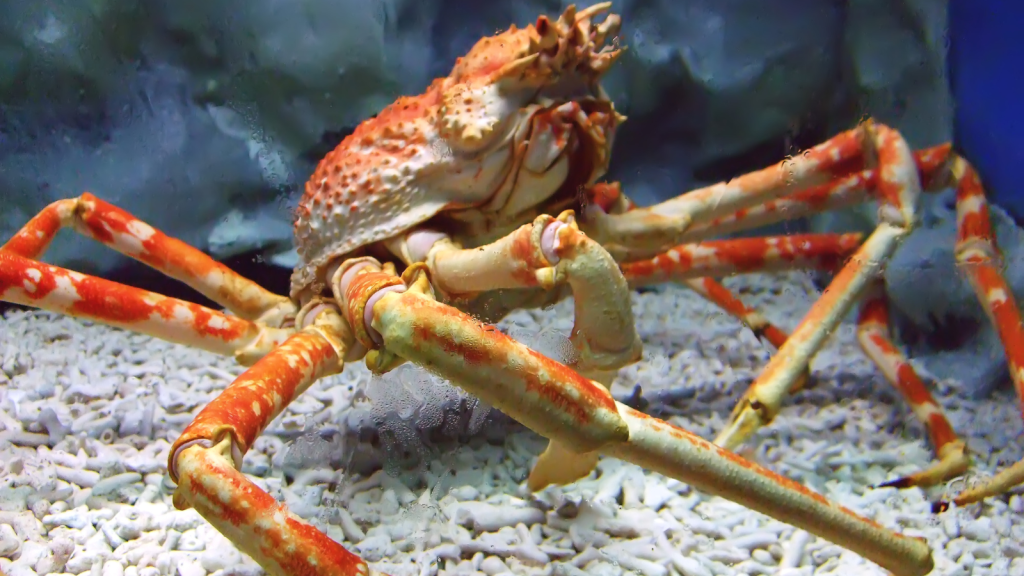
Despite their fearsome appearance, Japanese spider crabs are primarily scavengers. They roam the ocean floor, feeding on the remains of dead animals and plants. Their diet helps to keep the ocean ecosystem clean and balanced. They also occasionally feed on small fish, algae, and molluscs, making them opportunistic omnivores.
They Live in Very Deep Water
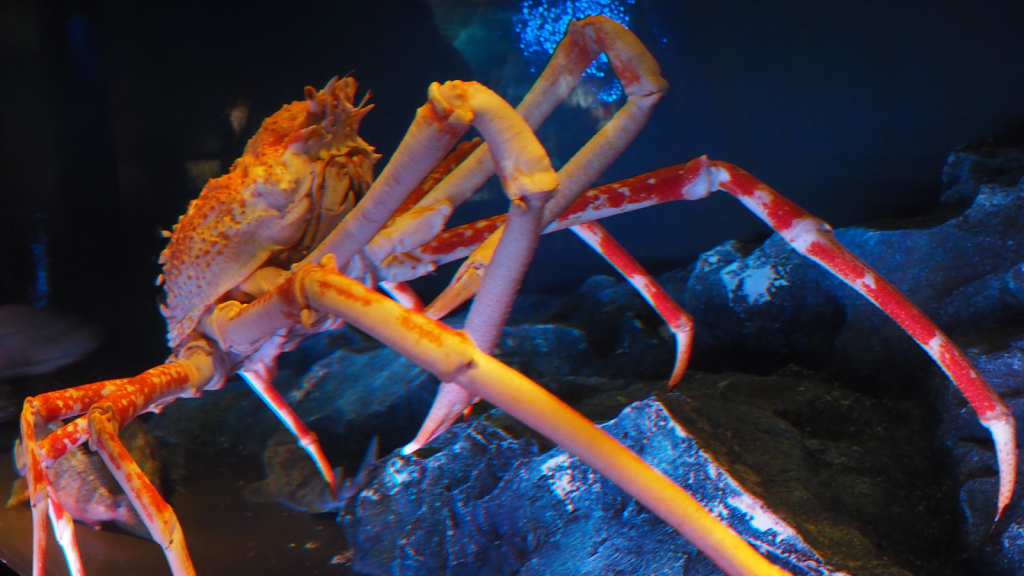
Japanese spider crabs are found at depths of up to 600 metres. At these depths, the water pressure is intense, but these crabs have adapted to thrive in this harsh environment. Their tough exoskeletons help them withstand the pressure of the deep sea. They typically inhabit vents and crevices on the continental shelf, which provides them with shelter and protection.
They’re Considered a Delicacy

In some parts of Japan, spider crabs are considered a culinary delicacy. Their meat is said to be sweet and delicate, similar to lobster. However, due to overfishing concerns, there are now strict regulations on catching these crabs. The fishing season is limited to a few months each year to help maintain sustainable population levels.
They Have Poor Eyesight
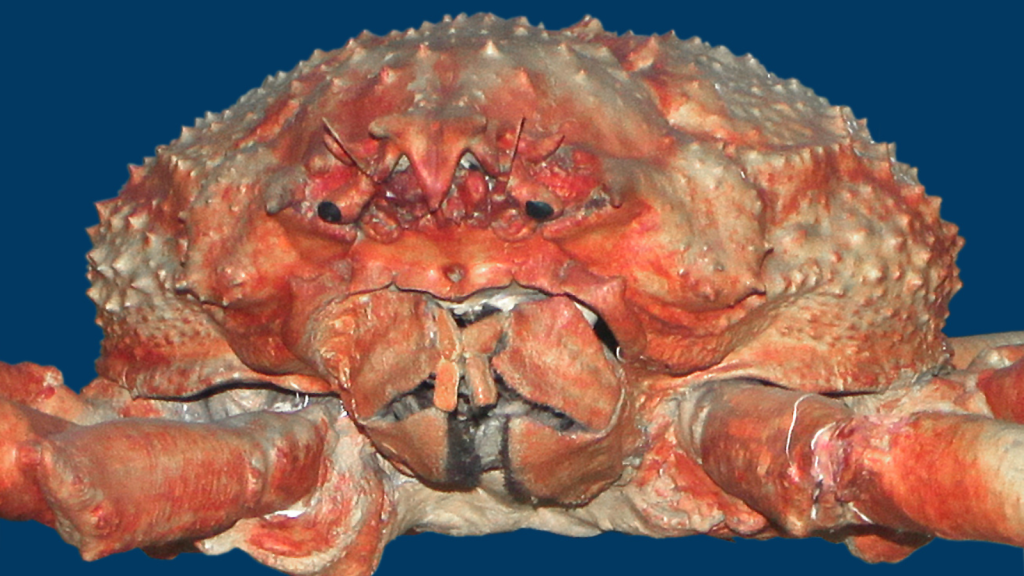
Despite their large size, Japanese spider crabs have relatively poor vision. They rely more on their sense of touch and chemical receptors to navigate their environment and find food. Their long legs are covered in sensory hairs that help them detect movement and changes in water pressure. These sensory abilities are crucial for survival in the dark depths where they live.
They’re Slow Movers
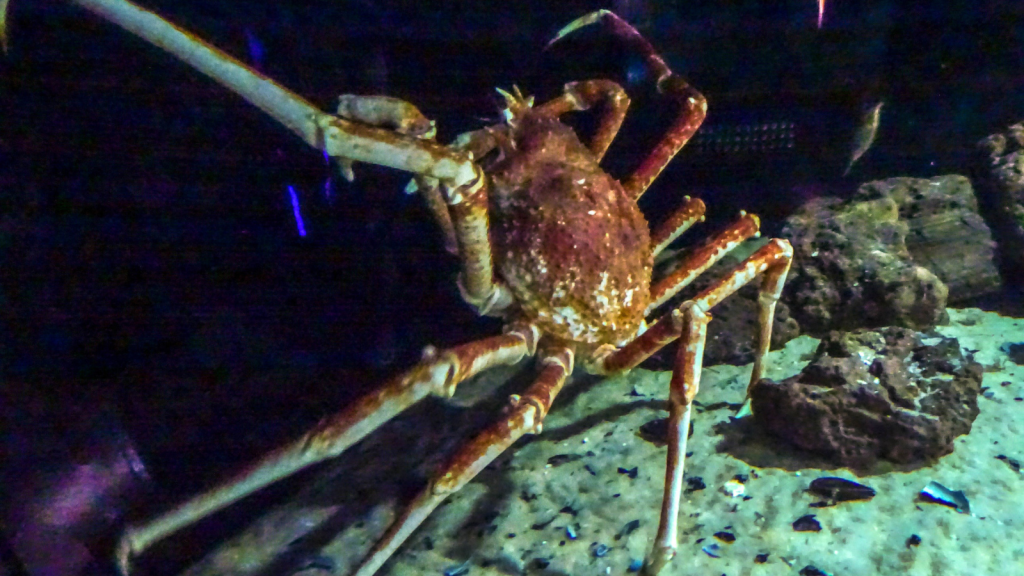
Despite their long legs, Japanese spider crabs are not speedy creatures. They move slowly across the ocean floor, taking their time as they search for food. Their unhurried pace is well-suited to their deep-sea habitat, where energy conservation is key. On average, they move at a speed of about 1 metre per minute.
They Have a Unique Mating Ritual
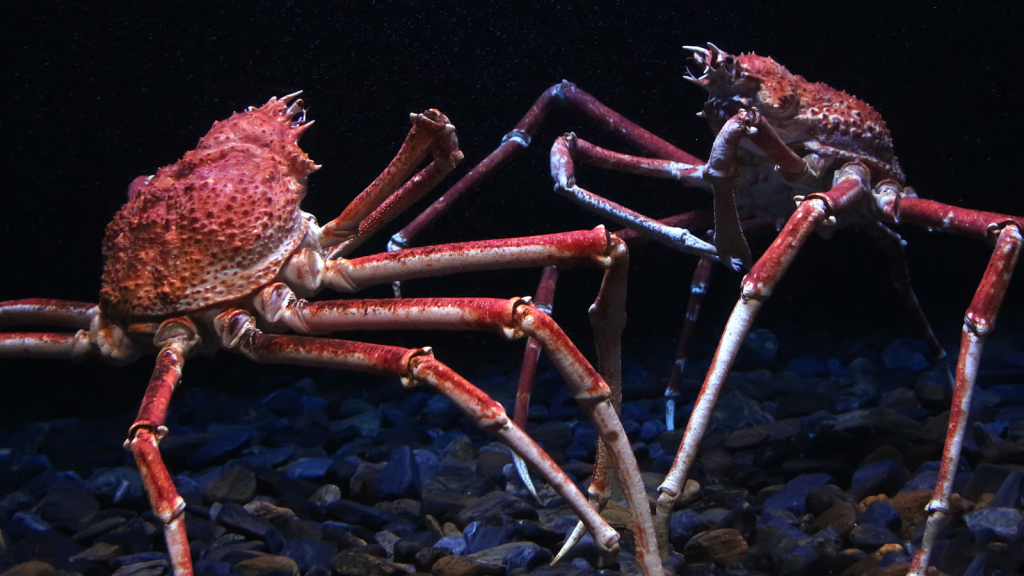
During mating season, male Japanese spider crabs engage in a fascinating ritual. They’ll often carry females on their backs for extended periods, sometimes for weeks at a time. This behaviour helps to protect the female while she’s preparing to lay her eggs. After mating, females can store sperm for up to two years, allowing them to fertilise multiple batches of eggs over time.
Their Shells Are Used in Traditional Medicine
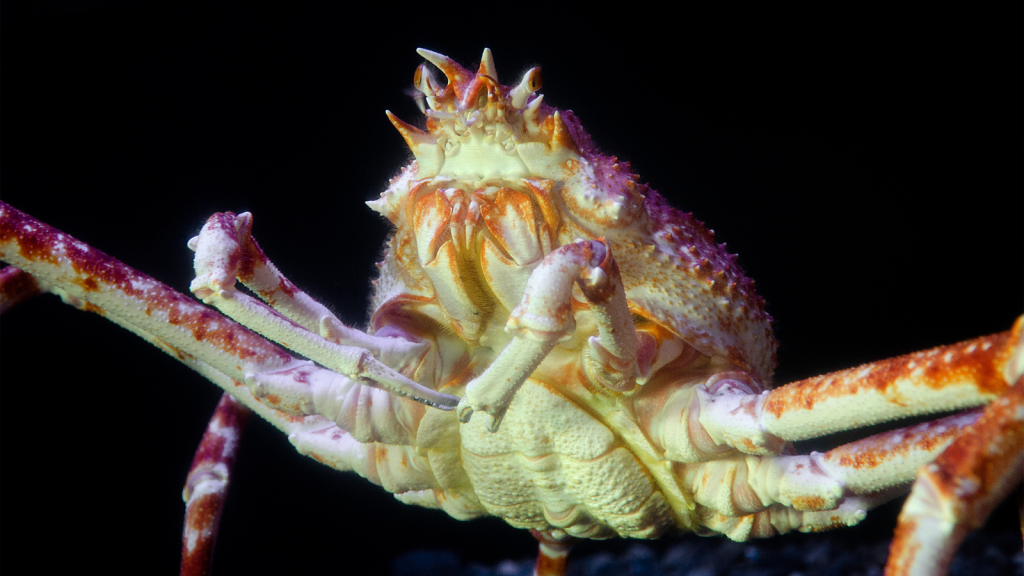
In some Asian cultures, the shells of Japanese spider crabs are used in traditional medicine. They’re believed to have properties that can help with various ailments, although scientific evidence for these claims is limited. The shells are high in calcium carbonate, which is sometimes used in treatments for acid reflux and osteoporosis.
They Face Threats from Climate Change

Like many marine species, Japanese spider crabs are vulnerable to the effects of climate change. Rising ocean temperatures and changing water chemistry could impact their habitat and food sources. Conservation efforts are crucial to ensure their survival. Ocean acidification, in particular, poses a threat to their calcium-based exoskeletons.
They’re Helping Us Understand Evolution
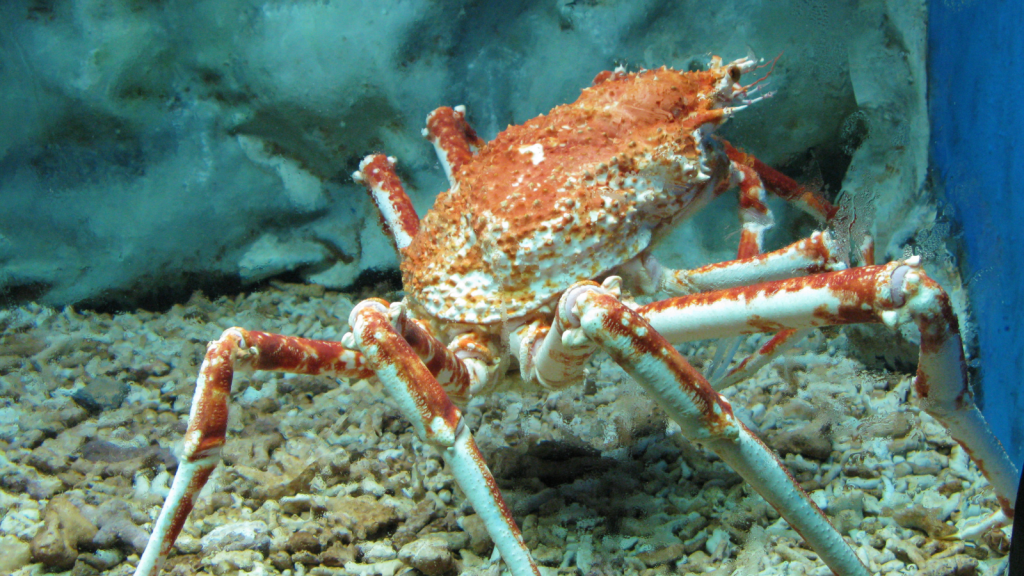
Scientists are studying Japanese spider crabs to learn more about the evolution of arthropods. Their unique characteristics and ancient lineage provide valuable insights into how these creatures have adapted and survived over millions of years. Genetic studies of these crabs are helping researchers piece together the evolutionary history of crustaceans and their relatives.
Meet the Wolf Spider | One of Britain’s Biggest Spiders

Wolf spiders are a remarkable group of arachnids found across the UK and around the world. These agile hunters get their name from their wolf-like hunting style, actively chasing down prey rather than spinning webs. With their large eyes and hairy bodies, wolf spiders might look intimidating, but they’re actually quite beneficial to gardens and homes. These spiders help control pest populations and are generally harmless to humans. From their unique parenting techniques to their impressive hunting skills, wolf spiders are full of surprises.
Read More: Meet the Wolf Spider | One of Britain’s Biggest Spiders
Becky is a fervent wildlife enthusiast and pet care expert with a diploma in canine nutrition. Her love for animals stretches beyond the domestic, embracing the wild tapestry of global fauna. With over a decade of experience in animal welfare, Becky lends her expertise to OutlandishOwl through insightful articles, captivating wildlife information, and invaluable guidance on pet nutrition. Her work embodies a deep commitment to understanding the intricate lives of animals and a passion for educating others on sustaining natural habitats. Becky's hands-on conservation efforts and her knack for translating complex dietary science into practical pet feeding tips make her an indispensable voice for creatures great and small.

